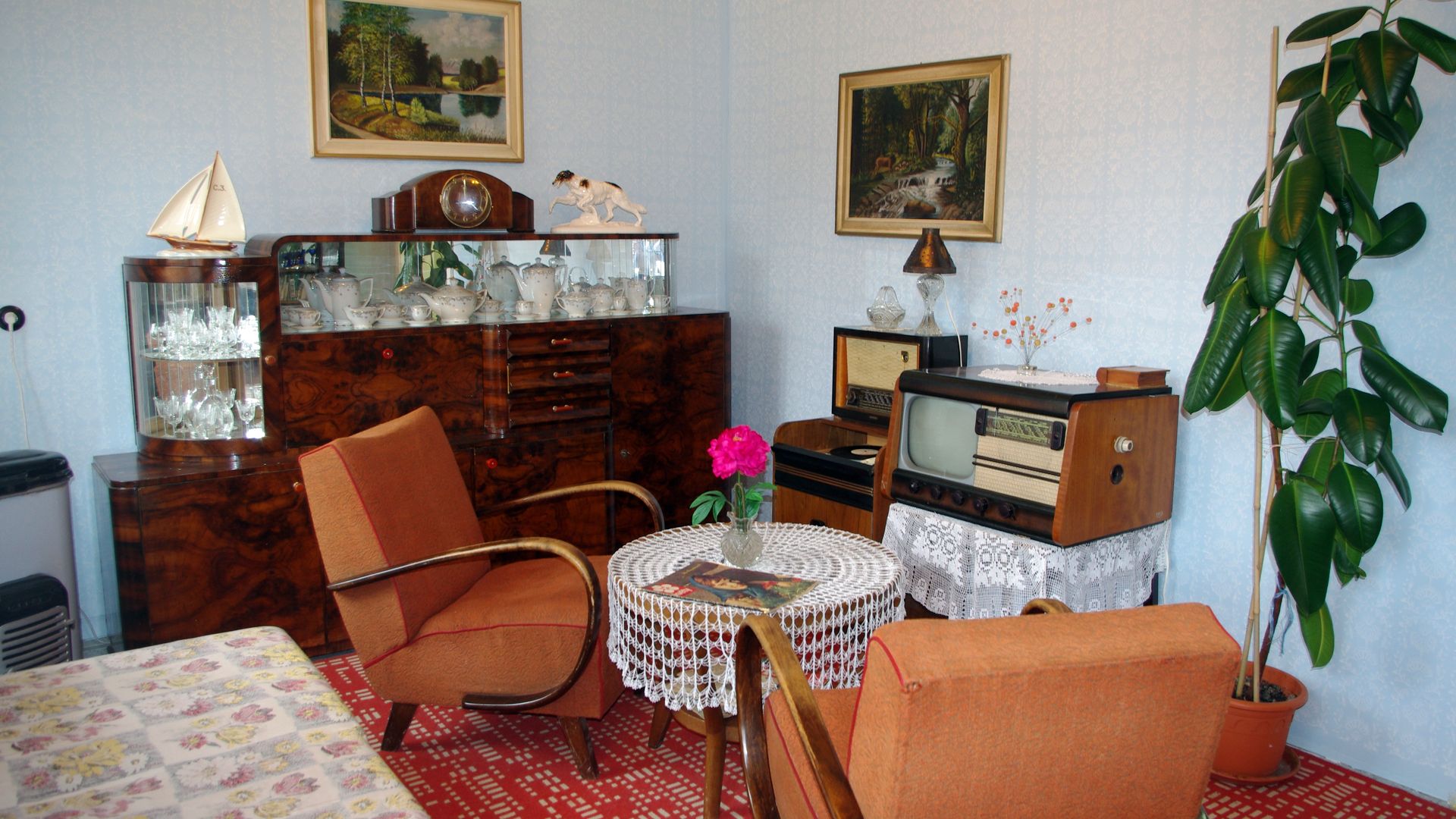
Bojkovsko Museum
On January 1, 2010, the Bojkovsko Museum was established as a contributory organization of the city.
It manages several thousand collection items and a rich collection of the museum library with 9,000 volumes, which includes, among other things, old prints. The museum is not and should not be an institution that lives only for itself. Without cooperation with the public and without their interest, it would be a useless device. All the wealth of the past that it hides must therefore be made available to the public as much as possible.
The aim of the current effort is to build a full-fledged museum institution that fulfills all the functions that the museum should perform. So not only does he exhibit objects that he has already acquired in the past, but he also takes care of their good condition, professionally evaluates them and makes them accessible to the public. One of the ways is offered by the installation of a permanent exhibition, which will present the most important sections of the history of the city and the region.
However, in order for the museum to be a truly living institution, it is necessary to organize thematic exhibitions on various occasions, which will be changed regularly. An important task of the museum is also to cater to all those interested in history who are interested in studying collection objects or books directly in the museum’s research room.
However, it is not enough to just take care of preserving and making existing collections accessible. The collection must be constantly expanded. Today, the museum almost lacks objects documenting life in the 1940s and 1970s. We do not have, for example, a single sideboard, a historical radio or other daily necessities that formed the recent past.
Now these items are still among people and it is possible to get them. In five or ten years, they will be irretrievably lost. Alois Jasek was fully aware of this danger, so in the 1930s he acquired things for the museum from the beginning of the twentieth century and from the First World War, which was then only 20-30 years old. Documenting the vanishing past is no less important now. However, this does not end the museum’s tasks. Close cooperation of the museum with schools and other cultural facilities seems to be very necessary.
We can again be inspired by Alois Jasek, who was able to masterfully use the richness of museum collections in teaching. Even today, students should be given the opportunity to meet authentic witnesses of the past through lectures, discussions, or project days held not only at school, but also directly in the museum. A historical circle for children and young people could also be set up at the museum.
For more information about the Zlin Region, from which this museum comes, click here and here.